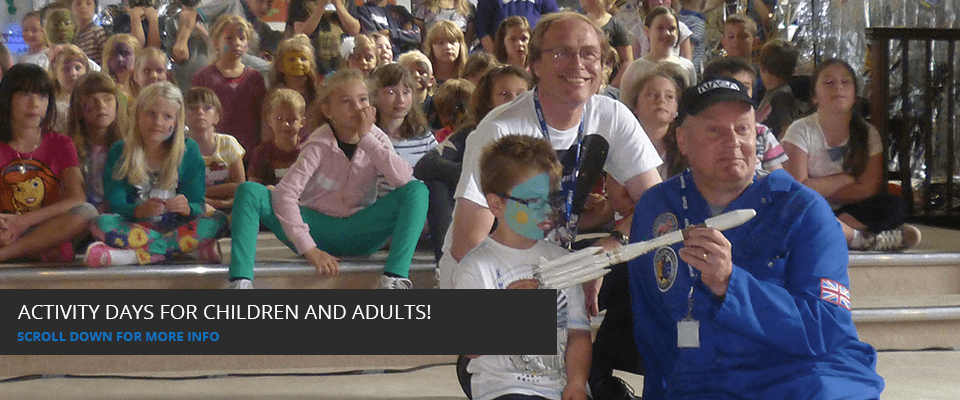The Moon grabs all the headlines this month, with a total lunar eclipse on 7th of the month and an occultation of the Seven Sisters on the 12th.
Saturn is at its brilliant best all night long. It will be at is closest to the Earth and at its brightest. A low power telescope will reveal Saturn’s famous rings, which are currently appearing almost edge on along with its biggest Moon Titan on the 8th September,
This is the first month of autumn and as the nights become longer and we move towards unsettled weather, we have the watery constellations dominating the heavens. Aquarius the water carrier, Cetus the sea monster, Capricorns the sea goat, Pices the fishes, Piscis Austrinus the southern fish and Delphinus the Dolphin.
Other autumn constellations are starting to show. Ursa Major, or the Plough, can be found low in the North. The ‘W’ of Cassiopeia is not far from the overhead point.
The summer triangle of Altair, Deneb and Vega remains high up. The southern sky is dominated by the Square of Pegasus. The bright star Capella in the constellation of Auriga the Charioteer is becoming more noticeable in the east. It will be overhead in winter evenings.
Although the four stars that form the Square of Pegasus are not the brightest, once found they will be easily recognised again. It is always an interesting project to count how many stars you can see within the square; you might be surprised by the result.
If you use the two right hand stars of the square and draw a line to the south you will reach a bright star very low in the sky. This star is Fomalhaut, in the constellation of Piscis Austrinus.
The Planets:-
MERCURY
The innermost planet will be lost in the Sun’s glare this month.
VENUS
Shinning like a lantern in the pre dawn sky at magnitude –3.9; Venus rises above the horizon around 4am. The morning star starts September in the constellation of Cancer. On the morning of 1st of the month Venus is just a degree away from M44 the Beehive star cluster. That will be o lovely sight in binoculars or a low power telescope. As the month progresses Venus moves into the constellation of Leo. On the morning of 19th September the crescent Moon is nearby.
MARS
The red planet will be too close to the Sun for observation this month.
JUPITER
Shinning at magnitude –2.0 Jupiter is a brilliant jewel adorning the constellation of Gemini. The two principal stars of Gemini, Castor and Pollux can be found to the upper left of the giant planet. Jupiter rises above the horizon about 0.30am. The Moon is nearby on the mornings of 16th and 17th September.
SATURN
The ring world is at its closest to the Earth and opposite the Sun on the 21st of September, when the planet reaches its maximum brightness at magnitude +0.6. Saturn is visible all night long in the constellation of Pisces. A low power telescope will show Saturn’s famous rings, which are currently appearing almost edge on along with its biggest moon Titan. The almost full Moon passes above Saturn on the 8th of this month.
URANUS
Found in the constellation of Taurus, near the Pleiades star cluster. It rises above the horizon about 9.30pm. At magnitude +5.7 it is just visible to the naked eye, but is much better seen with optical aid.
NEPTUNE
Neptune is located 2.5 degrees to the left of Saturn in the constellation of Pisces. The most distant planet is at opposition to the Sun and it’s closest to Earth on 22nd September, and is above the horizon all night long. But even at opposition, Neptune only reaches magnitude +7.7, so you well need binoculars or a low power telescope to see it. On the 8th of the month Neptune lies between Saturn and the almost full Moon.
PLUTO
This distant planet can be observed in a ten-inch or larger telescope. It can be found in the constellation of Capricornus, at magnitude +14.5. It will be rising above the horizon about 7.30pm and setting just after 2.30am.
CERES
The largest object in the asteroid belt can be located in the constellation of Cetus. Rising around 9.30pm and setting below the horizon around 7.45am. At magnitude +7.8 it should be visible through binoculars or a low power telescope.
Special Events: –
1st September – Before dawn, Venus passes just below M$$ The Beehive star cluster.
7th September – A total lunar eclipse is visible from Australia, Asia Africa and Europe. From our part of the world the Moon rises just as totality is ending at 7.53pm, with the partial phase ending at 8.56pm.
8th September – The Moon lies near Saturn and Neptune.
12th September – Between 9pm and midnight. The Moon moves right in front of the Pleiades star cluster.
16th September – In the early hours after midnight Jupiter lies below the Moon with the star Castor and Pollux to the left.
17th September – The crescent Moon is near Jupiter, Castor and Pollux.
19th September – Before dawn the crescent Moon is near Venus and the star Regulus.
21st September – Saturn is opposite to the Sun, and nearest to the Earth at 1279 million kilometres.
22nd September – At 7.19pm is the Autumn Equinox.
22nd September – Neptune is at its closest to the Earth, at 4321 million kilometres.
23rd September – Neptune lies opposite to the Sun in the sky.
The phases of the Moon for September are:-
Full Moon 7th September
Last quarter 14th September
New Moon 21st September
First quarter 30th September





